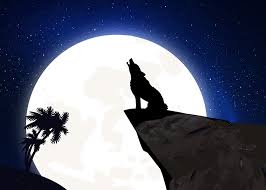In the first place, he is a trickster and a spider. He is used to tell anthological stories, such as the reason that people avoid certain spiders' nests. He is lazy in the sense that he has no work ethic, and would rather lie, cheat, or steal to get by--never to get ahead. his pride, conceit, and preoccupation with his baser instincts (i.e. hunger) are often his downfall. Sometimes he is portrayed as a genuine spider, sometimes as a spider-person-thing. In some stories he is a father, in others he acts alone. He is often used as a morality tale, but flipped. In several stories, like "Iktomi and the Coyote" or "Iktomi and the Muskrat," he uses trickery, but is later the victim of counter-trickery and his would-be victims are used to teach the lesson, even though Iktomi himself is the protagonist.
I noticed a difference though, in the portrayals of Iktomi and Anansi. It seems that Iktomi is more willing to trick without provocation, like in the story of "Iktomi, the Widows, and the Red Plums." He had some red plums, went up to two widows, lied about where to find the red plums. Then he decapitated their children and served their bodies to the widowed mothers in a stew. Then tricked them again when they tried to kill him. He is definitely more murderous than Anansi, and where Anansi can be afforded the label of moral ambiguity, Iktomi is clearly just a jackass.
 |
| "Iktomi cooking ducks" by Gertrude Spaller via Wikimedia Commons |
In other news, I have decided that I will write my story for this unit on the story of the Lost Wife, the girl who runs away from an abusive home and lives with wolves. I think it would be fun to write it from the wolf chief's perspective, seeing as he is the one who decides to take her in. It's another opportunity to explore character motivation, and maybe highlight some of the elements of Native American customs that motivate the characters, such as Natural Democracy. I am excited to write this story, and if it turns out well, I'll add it to my portfolio.















